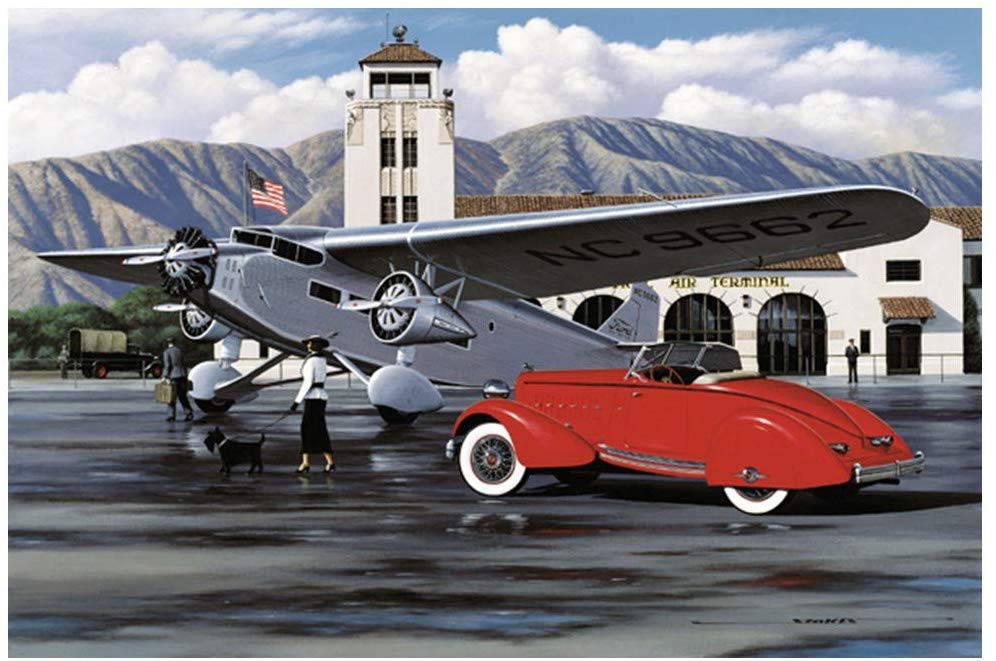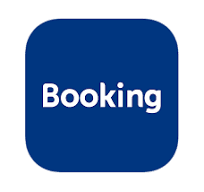What is the History of Vessels Advertising? 1890-1930
At the end of the 19th century and the beginning of the 20th century, many shipping lines that transported mail and some passengers transformed their ships into luxury Vessels . It was no longer just the flow of immigrants to America. It was a transportation business by sea. And luxury in many cases. This is a brief history of the passengers who crossed the Atlantic oceans on ships. And of the graphic advertisements of that time


